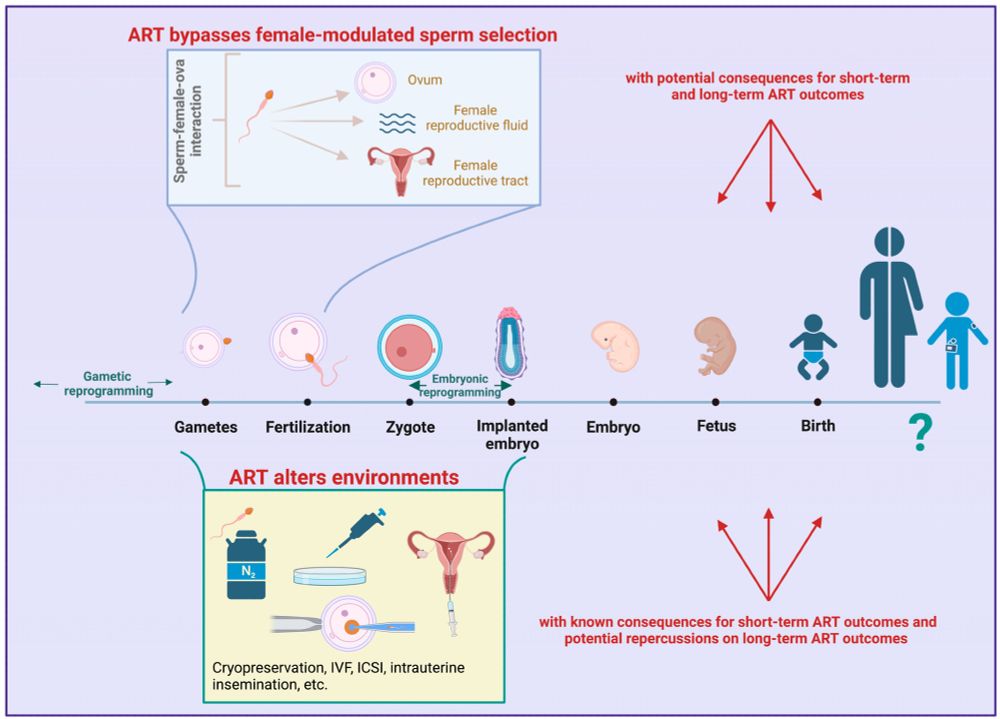
@austevolsoc.bsky.social @brunobuzatto.bsky.social @rowanlym.bsky.social @reneecatullo.bsky.social

@austevolsoc.bsky.social @brunobuzatto.bsky.social @rowanlym.bsky.social @reneecatullo.bsky.social
Our paper in @nature.com shows that many amphibians are already overheating, and many more species will be impacted by climate warming globally.
See the thread below for a digest 🧵
Link to the paper: doi.org/10.1038/s415...
#Nature
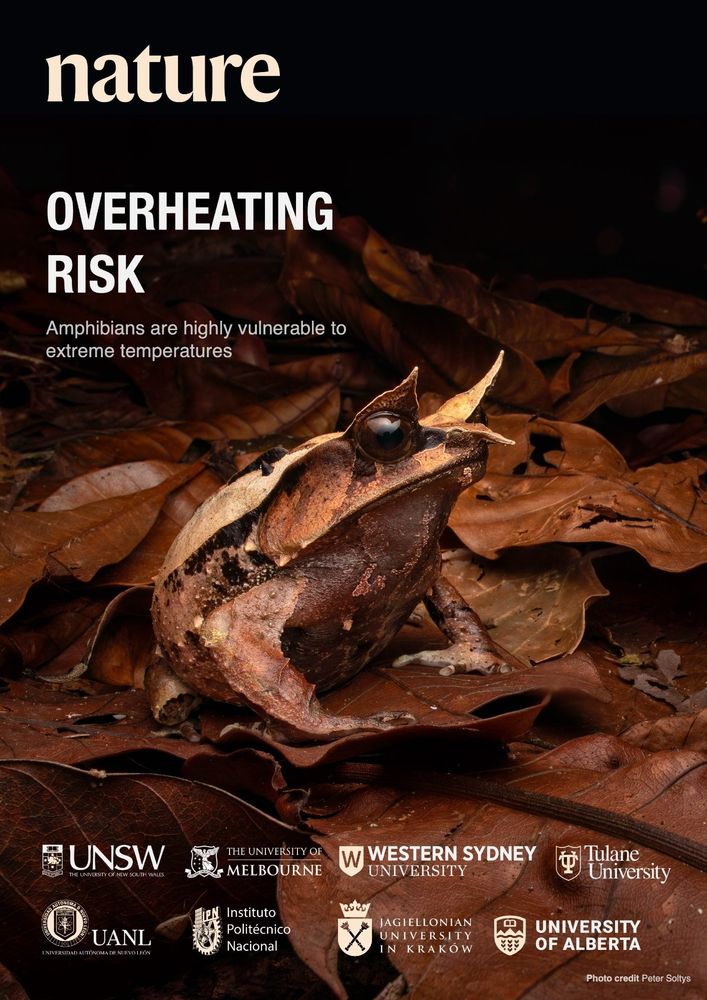
Our paper in @nature.com shows that many amphibians are already overheating, and many more species will be impacted by climate warming globally.
See the thread below for a digest 🧵
Link to the paper: doi.org/10.1038/s415...
#Nature
@emilyroycroft.bsky.social in @aunz.theconversation.com
🌏
theconversation.com/woolly-mice-...

@emilyroycroft.bsky.social in @aunz.theconversation.com
🌏
theconversation.com/woolly-mice-...


Below is a thread of their presentations 🧵
Below is a thread of their presentations 🧵
#ausinverts #wildoz #bugsky #teammoth
theconversation.com/while-you-sl...

#ausinverts #wildoz #bugsky #teammoth
theconversation.com/while-you-sl...
www.nature.com/articles/s41...
🧪🌍🦤🧬
#consgen #PopGen
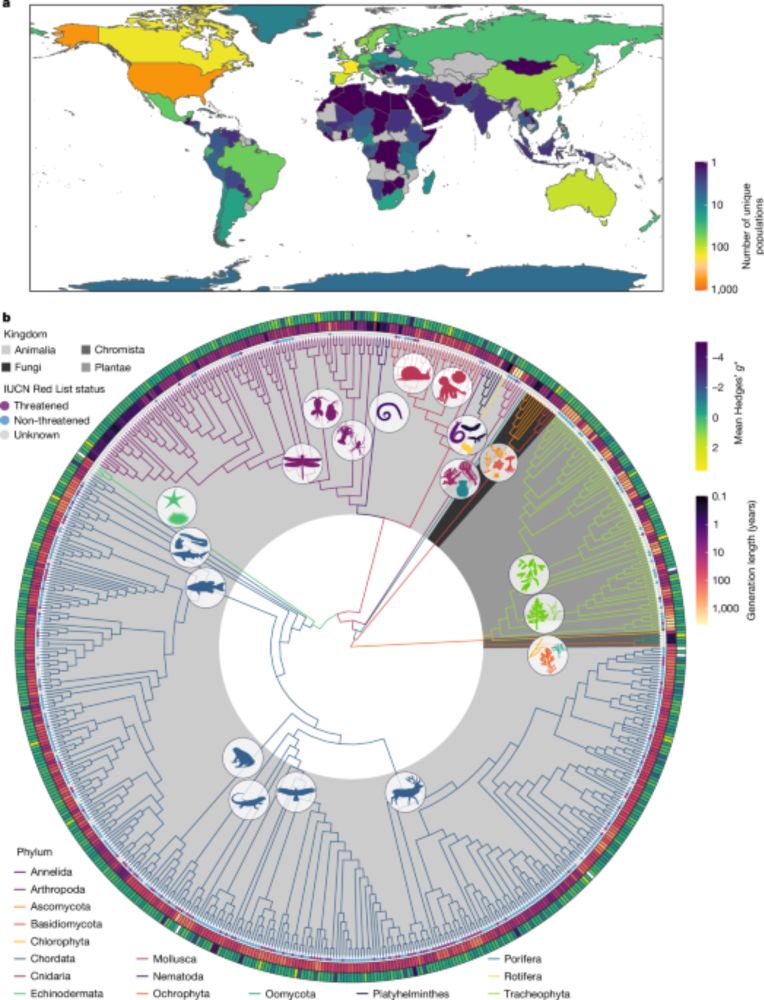
www.nature.com/articles/s41...
🧪🌍🦤🧬
#consgen #PopGen

www.nature.com/articles/s41...
🧪🌍🦤🧬
#consgen #PopGen
url.au.m.mimecastprotect.com/s/uWHeC71Zo8...
www.nature.com/articles/s41...
🧪🌍🦤🧬
#consgen #PopGen
url.au.m.mimecastprotect.com/s/uWHeC71Zo8...
🧬🐸🌲🦅🦒🍄🐝🐠
theconversation.com/gene-pools-a...
🧪🌍🦤🧬 #consgen #popgen
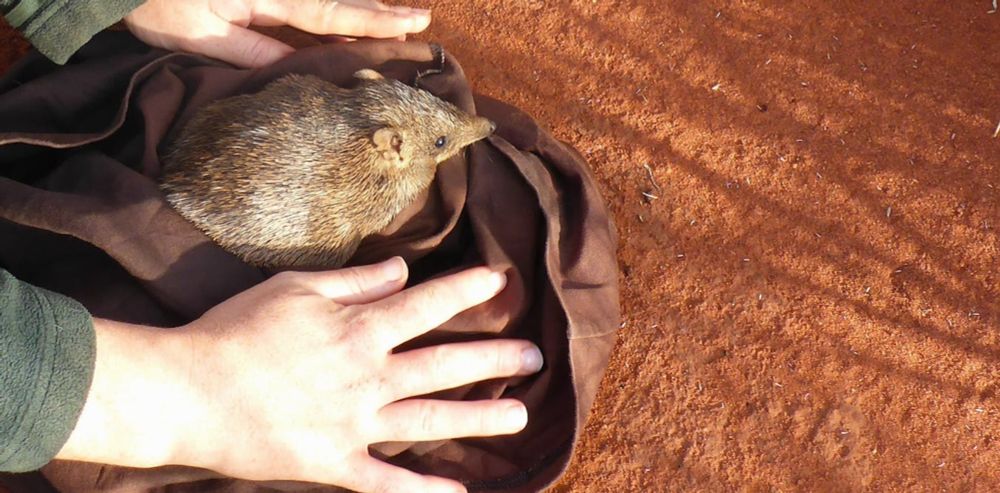
🧬🐸🌲🦅🦒🍄🐝🐠
www.buzatto.info/people
Special thanks to Tricia Slattery and Diego!

www.buzatto.info/people
Special thanks to Tricia Slattery and Diego!


bmcecolevol.biomedcentral.com/articles/10....
@flindersuniversity.bsky.social @uni-hamburg.de

bmcecolevol.biomedcentral.com/articles/10....
@flindersuniversity.bsky.social @uni-hamburg.de
We used a ridgeline (Joy Division inspired) chart to visualise daily temperature anomalies since 1940.
2024 clearly stands out with 100% of its days above 1.3C and 75% above 1.5C.
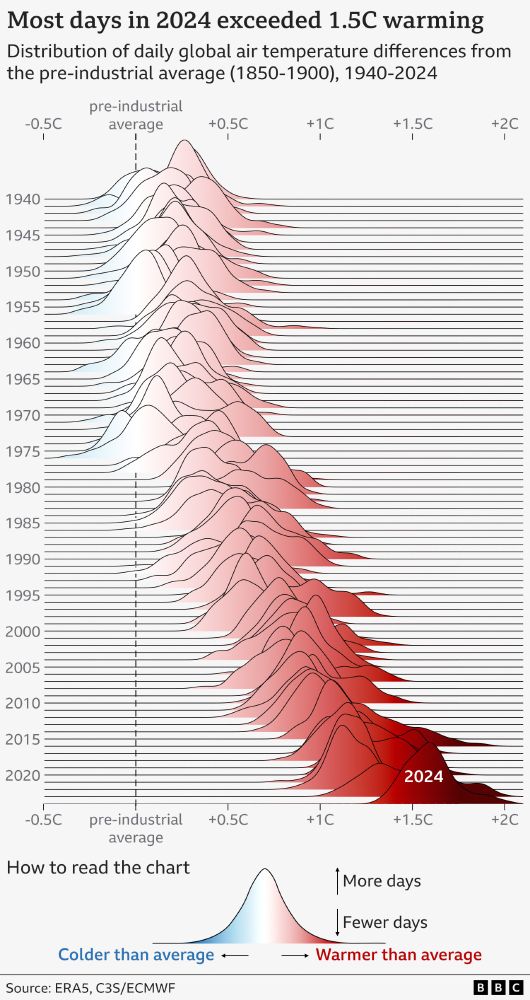
We used a ridgeline (Joy Division inspired) chart to visualise daily temperature anomalies since 1940.
2024 clearly stands out with 100% of its days above 1.3C and 75% above 1.5C.
search.jobs.wa.gov.au/page.php?pag...
search.jobs.wa.gov.au/page.php?pag...

We look forward to Kate's talk tomorrow at Popgroup Thur 9th @10am (LT1 )
Population genomic diversity and structure in the golden bandicoot: a history of isolation, extirpation, and conservation
www.nature.com/articles/s41...
@gensocuk.bsky.social #pgg58

We look forward to Kate's talk tomorrow at Popgroup Thur 9th @10am (LT1 )
Population genomic diversity and structure in the golden bandicoot: a history of isolation, extirpation, and conservation
www.nature.com/articles/s41...
@gensocuk.bsky.social #pgg58
@1jonevans.bsky.social @pacogarciagonzalez.bsky.social and I ask whether mature sperm cells might actively express genes. Really proud to see this one out - has been a long, difficult journey through much skepticism to publication. royalsocietypublishing.org/doi/10.1098/...
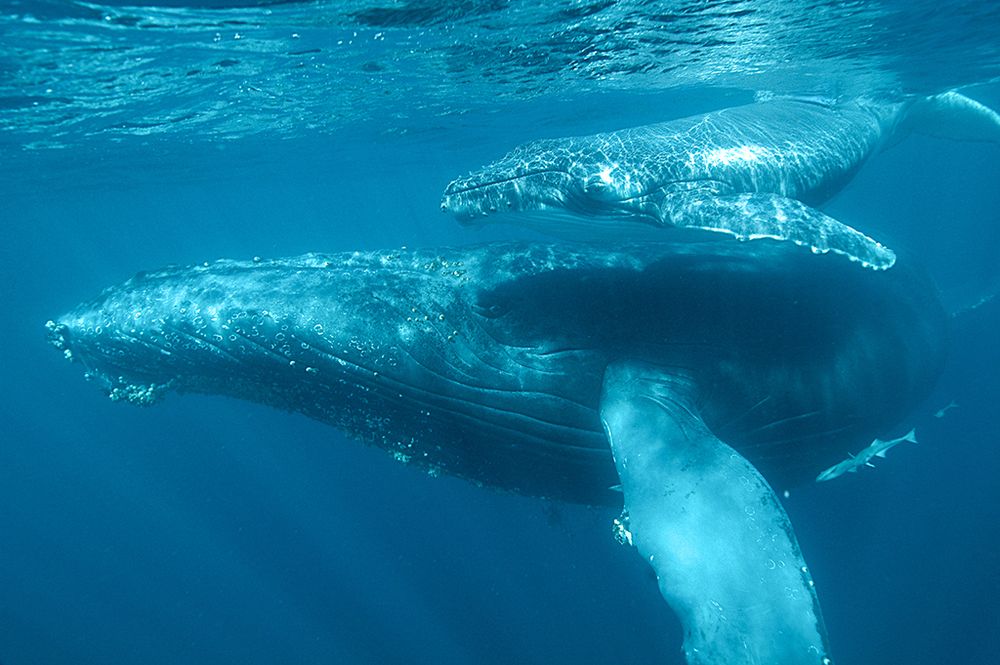
@1jonevans.bsky.social @pacogarciagonzalez.bsky.social and I ask whether mature sperm cells might actively express genes. Really proud to see this one out - has been a long, difficult journey through much skepticism to publication. royalsocietypublishing.org/doi/10.1098/...
jobs.exeter.ac.uk/hrpr_webrecr...
jobs.exeter.ac.uk/hrpr_webrecr...


